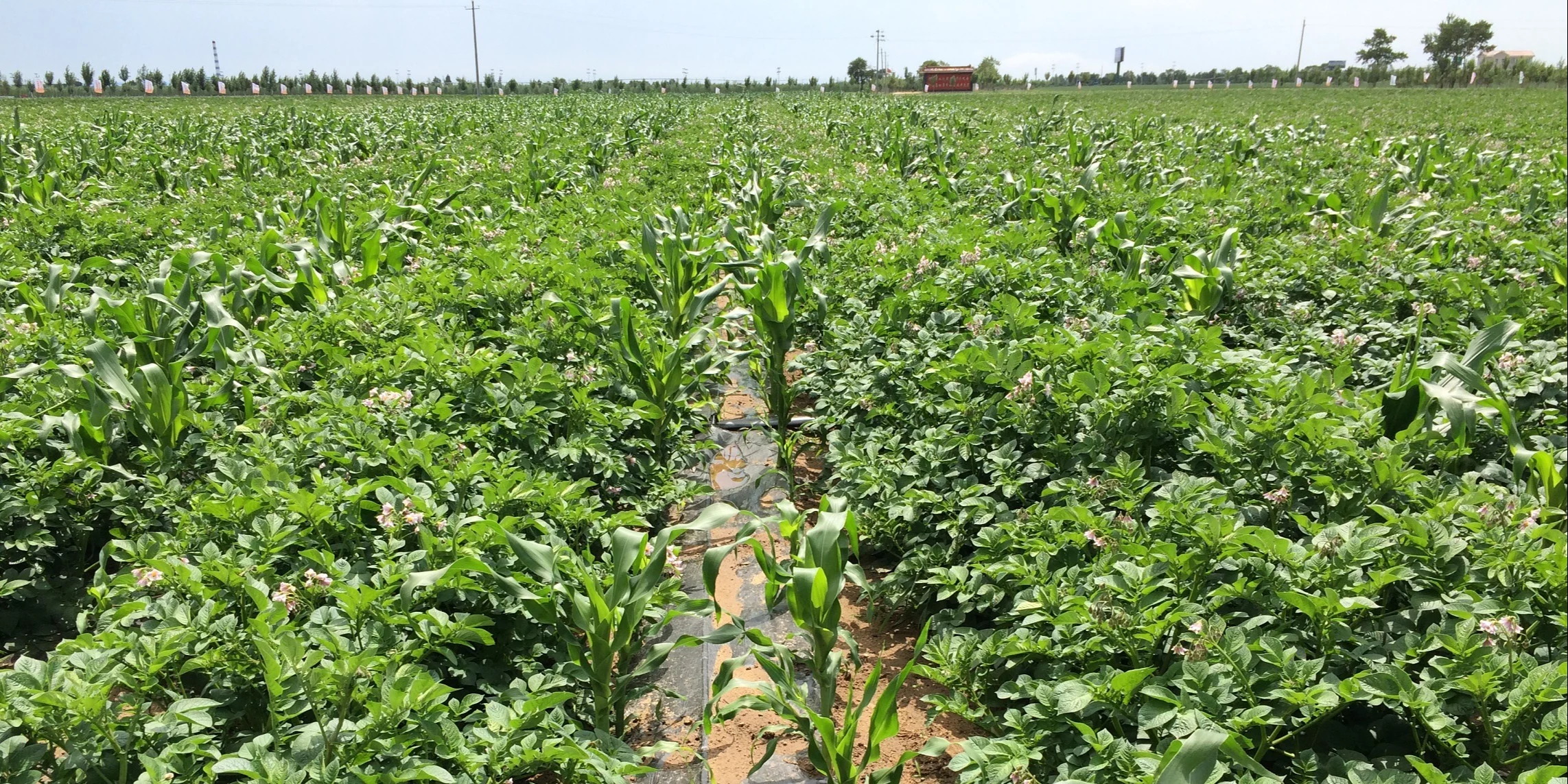- This topic is empty.
- AuthorPosts
- April 4, 2025 at 11:39 am #620855

Exploring mixed cropping strategies for increased resource utilization and resilience is becoming increasingly vital in modern agriculture as farmers seek sustainable and efficient ways to manage their land and mitigate risks associated with climate change and market volatility.
By intentionally growing two or more crop species in the same field simultaneously, farmers can create synergistic relationships that enhance overall productivity and ecosystem health.
1. Enhanced Nutrient Uptake and Soil Health
One of the key benefits of mixed cropping is the potential for enhanced nutrient uptake. Different plant species have varying root structures and nutrient requirements.
For instance, deep-rooted crops can access nutrients from lower soil layers that shallow-rooted crops cannot reach, while legumes can fix atmospheric nitrogen, enriching the soil for subsequent or intercropped non-leguminous plants.
This complementary nutrient use reduces competition and can lead to more efficient utilization of soil resources. Furthermore, the diverse root systems in mixed cropping systems can improve soil structure, increase water infiltration, and reduce soil erosion, contributing to overall soil health and fertility.
2. Pest and Disease Management through Diversification
Mixed cropping can play a significant role in managing pests and diseases. The presence of multiple crop species can disrupt the life cycles of specific pests that are adapted to a particular host plant. This is often referred to as the “dilution effect,” where the target host plants are less concentrated, making it harder for pests to find and infest them.
Additionally, certain non-crop plants intercropped with main crops can release volatile organic compounds that repel pests or attract beneficial insects that prey on pests. Similarly, the diversity in plant species can create a less favorable environment for the spread of diseases that are often specific to certain plant families.
This can reduce the need for synthetic pesticides and contribute to more sustainable pest and disease management.
3. Improved Water Use Efficiency
In regions facing water scarcity, mixed cropping strategies can contribute to improved water use efficiency. Different crops may have varying water requirements and rooting depths, allowing for more complete utilization of available soil moisture at different levels.
For example, a deep-rooted crop can access water deeper in the soil profile, while a shallow-rooted crop utilizes water in the upper layers.
The increased ground cover provided by a mix of crops can also reduce water loss through evaporation from the soil surface. This efficient use of water resources enhances the resilience of the farming system to drought conditions.
4. Maximizing Land Use and Overall Productivity
Mixed cropping allows farmers to maximize the use of their land by growing multiple crops in the same space and time. This can lead to higher overall yields compared to monocropping, where only one crop is grown on the same area.
The concept of Land Equivalent Ratio (LER) is often used to quantify this benefit, where an LER greater than one indicates that the intercropping system is more productive than growing the component crops separately.
By carefully selecting compatible crop combinations with different growth habits and resource requirements, farmers can optimize space utilization and increase the total output from their land.
5. Enhancing Economic and Ecological Resilience
Beyond resource utilization, mixed cropping strategies enhance the economic and ecological resilience of farming systems. Economic resilience is increased through diversification of income sources; if one crop fails due to adverse weather or market fluctuations, the farmer still has other crops to rely on.
Ecologically, the increased biodiversity in mixed cropping systems can support a wider range of beneficial organisms, contribute to more stable agroecosystems, and reduce the vulnerability of the system to environmental stresses.
This makes mixed cropping a valuable approach for creating more sustainable and resilient agricultural landscapes.
In conclusion, the implementation of mixed cropping strategies for increased resource utilization and resilience offers numerous benefits for farmers and the environment.
By fostering synergistic relationships between different crop species, these systems can enhance nutrient uptake, manage pests and diseases, improve water use efficiency, maximize land productivity, and ultimately contribute to more sustainable and resilient agricultural practices in the face of growing environmental and economic challenges.
Read Also:Optimizing Crop Rotations for Soil Fertility and Pest Management in Smallholder Farms
- AuthorPosts
- You must be logged in to reply to this topic.

